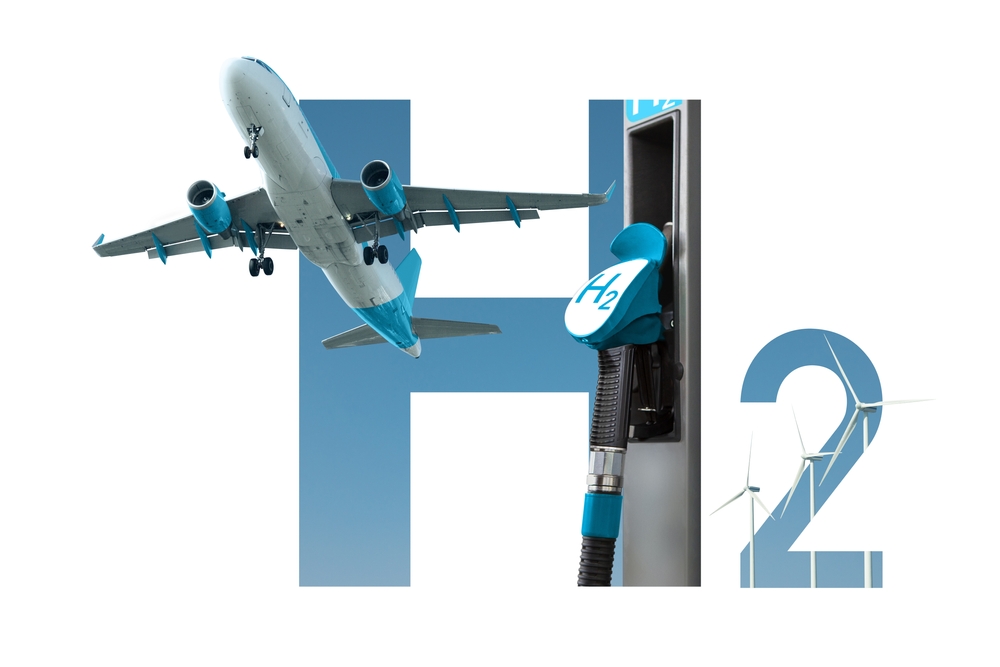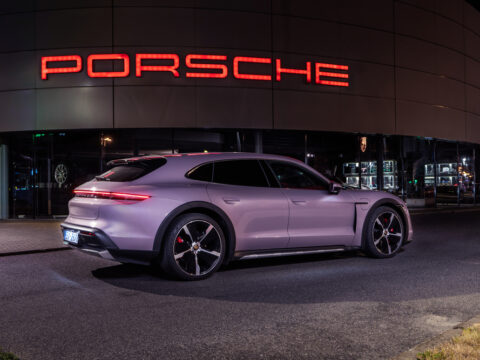Creating zero-emission airplanes for commercial travel is a major goal in the aviation industry, but it faces several significant challenges. From technological limitations to high costs, there are many obstacles that stand in the way of making air travel completely eco-friendly. As demand for greener solutions grows, understanding the key hurdles is essential for developing future advancements in this field.
Contents
Battery Weight

Battery weight is a critical obstacle because current batteries, even the most advanced lithium-ion ones, are far too heavy for long-distance commercial flights. A battery with enough energy to power a large commercial aircraft for several hours weighs significantly more than traditional jet fuel. This increased weight reduces efficiency and payload capacity, making it impractical for widespread use in aviation. For zero-emission airplanes to become viable, significant advancements in lightweight energy storage solutions are necessary.
Energy Density of Batteries

The energy density of batteries is another major challenge for zero-emission airplanes. Jet fuel provides much higher energy per unit of weight compared to any existing battery technology. This means that planes running on batteries would need a much larger and heavier energy source to fly the same distances, which is impractical for long-haul flights. Until breakthroughs are made in increasing the energy density of batteries, electric planes will remain limited to shorter regional routes.
Range Limitations

Current battery technology significantly limits the range of electric airplanes. Traditional jet-powered aircraft can cover thousands of miles on a single tank of fuel, while electric planes are restricted to much shorter distances. For commercial airlines, which rely on long-haul routes for profitability, this range limitation makes zero-emission planes less appealing. Increasing battery efficiency or developing alternative green fuels is essential to overcoming this obstacle.
Charging Infrastructure

Airports around the world are not equipped with the necessary infrastructure to charge large electric airplanes. Building and maintaining widespread charging stations for planes would require a complete overhaul of current airport systems. Additionally, the electricity demand to charge a fleet of electric planes is immense, which presents another challenge. Without a robust and scalable charging infrastructure, the adoption of zero-emission airplanes will remain slow.
Charging Time

Recharging electric airplane batteries takes much longer than refueling traditional planes with jet fuel. While refueling a jet can take less than an hour, charging a large battery can take several hours, depending on the battery size and charging technology. This extended downtime would disrupt airline schedules and reduce profitability, as planes would spend more time on the ground. Faster charging solutions are essential for zero-emission airplanes to become commercially viable.
Limited Material Availability

The materials used in high-performance batteries, such as lithium, cobalt, and nickel, are limited in availability and expensive to source. Additionally, mining these materials has significant environmental impacts, which could offset the benefits of zero-emission aircraft. As demand for these materials increases, prices may rise, making it more difficult to develop affordable electric planes. Sustainable and abundant alternatives to these materials are needed to support future growth.
Aircraft Design Constraints

Current airplane designs are optimized for traditional jet engines, and they are not well-suited for electric propulsion systems. Electric engines and battery systems require different placement, space, and cooling solutions, which would involve a complete redesign of modern aircraft. Adapting existing designs or creating entirely new ones that are aerodynamically efficient for electric propulsion is a major engineering challenge.
High Development Costs

Developing zero-emission airplanes requires enormous investment in research, technology, and infrastructure. Manufacturers would need to spend billions to develop, test, and bring these aircraft to market. These high upfront costs can deter investment, especially when the commercial viability of electric airplanes remains uncertain. This obstacle may slow down innovation and delay the rollout of greener aviation solutions.
Lack of Green Fuel Alternatives

Sustainable aviation fuels (SAF) and hydrogen-based fuels are still in their early stages and are not yet widely available or cost-effective. These fuels could potentially power longer-range zero-emission planes, but their production is limited, and they are currently much more expensive than traditional jet fuel. Without a reliable and affordable green fuel option, fully transitioning to zero-emission commercial flights will be difficult.
Production and Supply Chain Challenges

The production of zero-emission airplanes would require significant changes to existing supply chains and manufacturing processes. New materials, components, and technologies are needed, but the aviation industry’s current supply chain is optimized for traditional aircraft. Developing new supply chains that can produce electric aircraft at scale is a massive logistical and financial challenge for manufacturers.
Aircraft Weight Management

Managing the overall weight of an electric aircraft while maintaining efficiency is extremely difficult. Batteries and electric engines are heavier than traditional jet engines and fuel tanks, which negatively impacts an aircraft’s range and performance. Keeping weight down while still providing enough energy for long flights remains one of the biggest hurdles in designing zero-emission airplanes.
Limited Flight Speeds

Electric aircraft may struggle to achieve the high speeds that commercial jets reach today. This limitation can affect airline schedules, as slower planes would take longer to complete routes, reducing the number of flights an airline can offer in a day. To remain competitive, zero-emission planes will need to match or exceed the speed of current commercial aircraft, which requires further technological advancements.
Battery Degradation

Over time, batteries degrade, losing their capacity to hold a full charge, which limits their long-term viability in commercial aviation. Replacing batteries frequently adds significant operational costs, and the environmental impact of disposing of old batteries can be substantial. Extending battery life or developing better recycling methods will be crucial for making zero-emission planes more sustainable and cost-effective.
Passenger Capacity

Electric aircraft currently struggle to carry as many passengers as traditional jets. The added weight of batteries reduces the available payload capacity, meaning fewer seats can be installed on the plane. This limitation reduces potential revenue for airlines, making zero-emission planes less attractive for commercial use, especially on popular long-haul routes.
Cost Competitiveness

Operating zero-emission airplanes is more expensive than flying traditional aircraft due to high energy costs, expensive materials, and the need for specialized infrastructure. Until the costs of electric aviation decrease significantly, it will be difficult for airlines to justify switching to zero-emission planes, especially in a highly competitive industry where profit margins are slim.
This article originally appeared in MyCarMakesNoise.
More from MyCarMakesNoise
16 Utility Vehicles Designed for Military and Civilian Use

Utility vehicles play a crucial role in both military and civilian life, offering versatility, durability, and the ability to handle tough terrains. Many of these vehicles are designed to perform under extreme conditions, making them valuable in various sectors. Read More
20 Japanese SUVs Known for Their Off-Road Capabilities

If you’re looking for an SUV that can handle rugged terrain, Japanese automakers have a long history of producing reliable and capable off-road vehicles. From compact models to full-sized beasts, these SUVs are built to tackle challenging environments while still offering comfort and practicality. Read More
19 Misconceptions About Sports Cars You Need to Ignore

Sports cars have long been surrounded by myths that often deter people from considering them. Whether it’s the belief that they’re only for the wealthy or impractical for everyday use, many misconceptions simply aren’t true. In reality, modern sports cars offer a balance of performance, comfort, and accessibility that’s often overlooked. Read More














